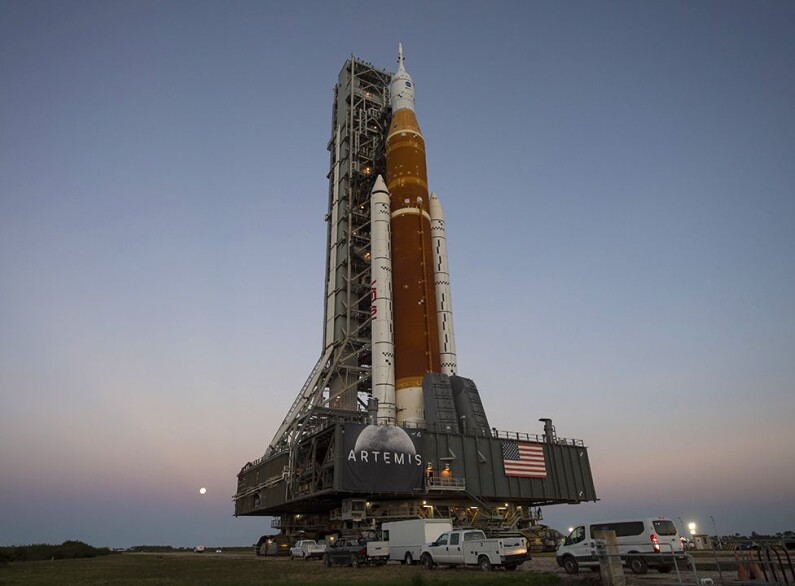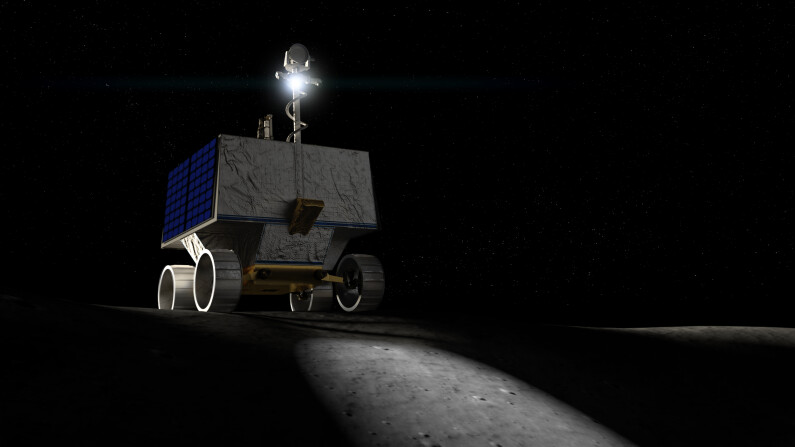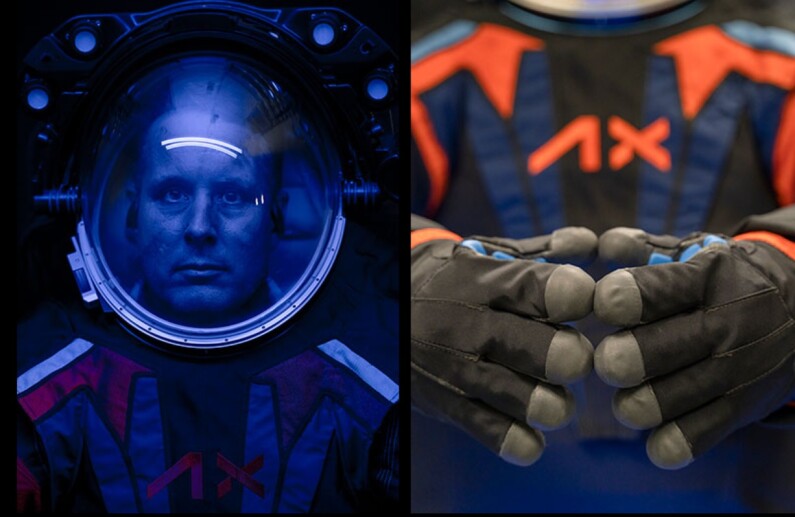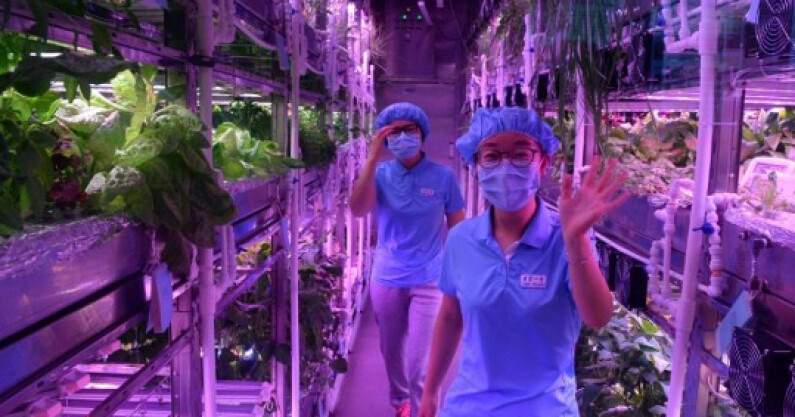As early as 2025, ii56 years after the first Apollo 17 landing on the Moon, humans are set to land on the surface of the Earth's satellite again.
Preparations for the mission are in full swing: new spacesuits are in the making, exploration ships are sent, and large corporations are busy creating technology to build lunar stations. This article explores the topic and shares other exciting news on the forthcoming start of the long-awaited space mission.
"The Moon is calling": everything we know about the Artemis mission
The mission that will land astronauts on the Moon and build the first lunar station, is called Artemis III. It will come after Artemis 2, and Artemis I has already taken off. In late January 2023, NASA announced that the SLS (Space Launch System) rocket – the mission’s main vehicle – was ready for a new (second) launch.
The first mission aimed to test whether the rocket was in principle, suitable for a crewed flight, and the results exceeded the wildest expectations of engineers. During the rocket's launch and landing in the Pacific, NASA collected more than four terabytes of data and onboard images. But there is more to it: a further 31 terabytes of images from the ground cameras and the rocket sensors were obtained during the month-long Artemis mission’s first phase (that is 1.5 the volume of all printed material at the Library of Congress!). All this data will help make computations about rocket behavior during maneuvers in space, and minimize contingency risks.

However, the rocket is not the main transport for the astronauts. It is just a carrier designed to deliver the Orion spacecraft, which will carry would-be explorers into space. Orion was also successfully tested during Artemis I, after which the developers collected data from the Orion computer to improve its support systems. So the astronauts will enjoy maximum comfort on the lunar voyage and the most advanced functionalities to address all contingencies.
What is expected during Artemis II? The spacecraft will fly into orbit with several astronauts on board, who will be in space for about four days. During the first mission, three human dummies and a toy dog, Snoopy, acted as astronauts. They safely returned to Earth and brought back important information about radiation levels inside the spaceship and the new life support systems performance.
Inspired by the rocket's initial success, NASA demonstrated a possible landing site for Artemis III expedition, filmed on 3 March by the automatic interplanetary station LRO (Lunar Reconnaissance Orbiter). It is the Malaperta Massif 170 kilometers from the Shackleton Crater, a significant point at the Moon's South Pole. The Malaperta Massif is a mountain range visible from the Earth, although a mere 5 kilometers in height. That is why the massif was chosen as the location to install the sensor providing communication with the expeditions planning to land at the South Pole. The massif affords an opportunity to install a radio telescope, since this place of the Moon lies in the so-called "radio shadow" for radio signals from Earth.

In addition to the Malaperta Massif, NASA has its sights set on 13 other locations around the South Pole for astronauts’ potential touchdowns. The sites were selected against just three criteria: location around the South Pole, good lighting and the flattest possible surface. Another plus for a landing site is its proximity to shaded areas where there may be ice, its suitability for establishing communication with Earth, its elevated surface, as well as its size – 15 by 15 kilometers (a circle-shaped touchdown area with a 100-meter radius). It is one of these sites will house an international manned lunar circumlunar base Deep Space Gateway (or Lunar Orbital Platform-Gateway), which will be connected with the lunar base.
The program will also deliver the VIPER rover to the moon and – possibly – new research vehicles piloted by private US companies. Artemis III is expected to last a month, although the astronauts (the crew of just two people) will spend only six and a half days on the lunar surface.

The astronauts will walk on the lunar surface in new spacesuits created by Axiom Space. Their prototype, offering much more mobility and featuring more joints, connectors, cameras and better insulation, is suitable for women as well. However, the spacesuit will never return to Earth – it will remain on board the Starship on lunar orbit. This ship will deliver the spacesuit to orbit as well, and the astronauts will wear their "space suits" only before landing on the Moon.

City on the Moon – a dream versus reality
Is a lunar station possible? It is claimed to be a much more advanced facility than the stations already in space. After all, the project has, in fact, been in the pipeline since 1971 when NASA first contemplated the Integrated Space Exploration Plan, which included stations in various orbits, inter-orbital tugs with nuclear reactors, and reusable shuttles. North American company Rockwell Automation was to achieve one of the plan’s goals. The station was supposed to be at least twice as wide and long as the base module of today's ISS. The plan was to create a main module with cabins, laboratories and decks and a solar-powered module. The third module was to be an experimental one – featuring a microsatellite storage facility. Additional components could be docked to this giant, so the total mass of the complex would probably have been over 71 tons.
Unfortunately, the plans never materialized. Just a few years ago NASA picked up the subject again, taking into account new technologies. A decision was made to first send a 40kWt Power Propulsion Element to the Moon, followed by a crewed module to house a 4-storng team for at least 30 days, and then a logistics module, where cargoes would arrive. Experiments will be run there, and it could also be used for commercial purposes. The airlock for the crew's spacewalk will be the last one to leave for the base. Each of the stations’ four components will be launched with an interval of 2 to 3 years. The base’s first modules will cost the USA $ 2.7bn.
It is noteworthy that the USA is not the only country getting ready for the expedition’s start. A year ago, China completed the longest experiment to simulate life on an autonomous space base: two 4-person groups spent 370 days in the Yuegun-1 laboratory. The first group stayed there for 60 days, the second for 200, then the groups switched and the first spent 110 days in the laboratory.

We have a good idea of what happens in space. But what happens on Earth during the mission launches? While NASA is preparing to launch Artemis II phase, commercial companies from various countries are fulfilling orders for components of the future lunar base. For example, Rolls-Royce is building a nuclear reactor commissioned by the UK Space Agency to serve as a long-term energy source in space. £2.9m pounds are to be spent on the reactor. The first models will be delivered to the moon by 2029. All four components of the future lunar station are expected to be assembled at the same time. It looks like the new decade will begin for mankind with a breakthrough in space exploration!
Share this with your friends!






Be the first to comment
Please log in to comment